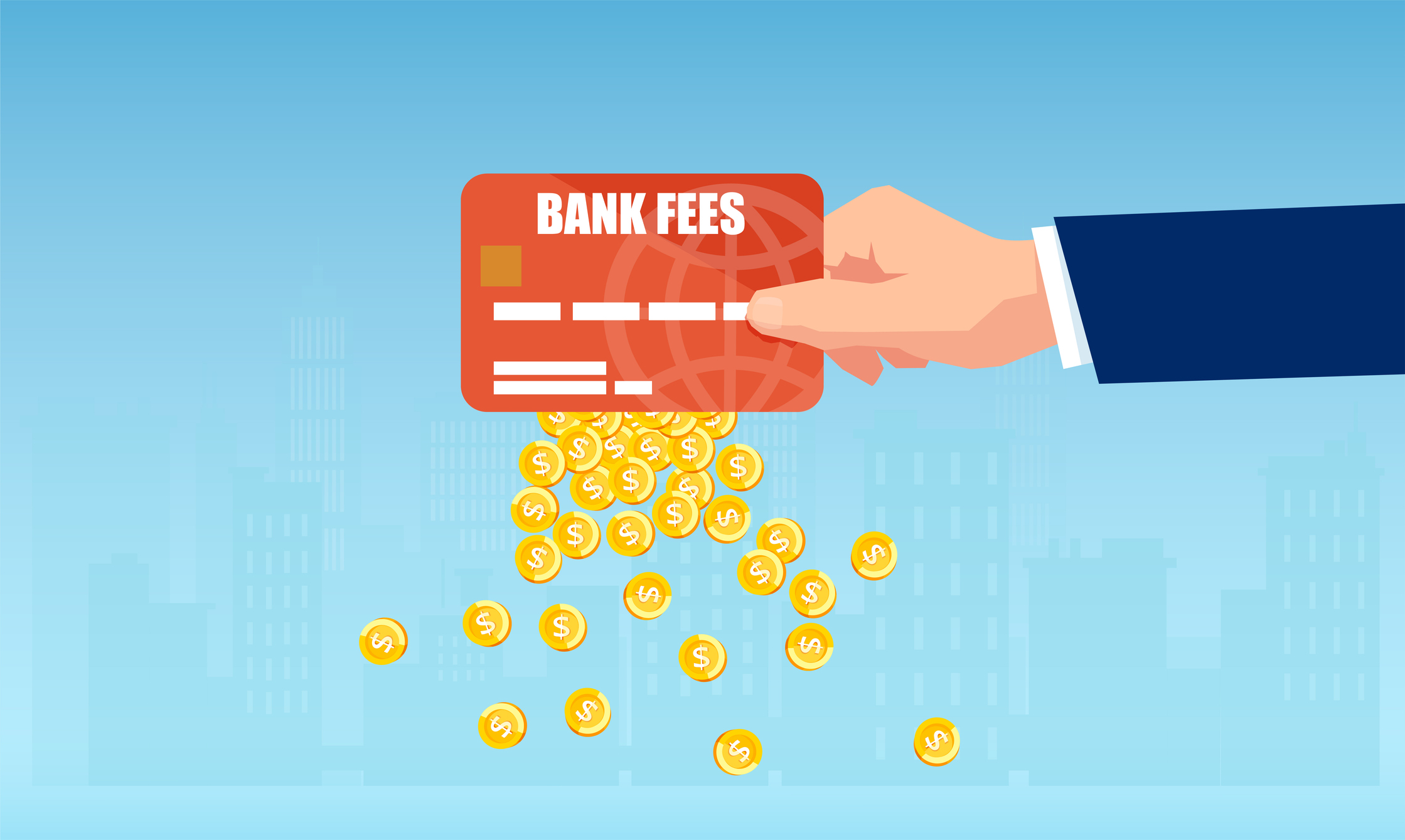We’ve probably all done business with merchants – most likely small, local ones – that add 2 or 3 percent to their payment card transactions to cover some of the cost of credit and debit card processing. They often tack on that charge visibly as a separate line item, rather than wrapping it into their overall pricing.
Those fees, while necessary to the operations and financial health of banks, payment processors, and card networks, can cut into the thin profit margins typical to many small businesses. To offer the convenience of card payments, they choose to charge a little bit more. Some refuse certain cards altogether based on their fees.
However, most businesses recognize the importance of offering their customers the option to pay with a card, and depending on the structure of payment processing fees, businesses of all sizes may be able to manage those costs by optimizing their payment card interchange fees. Below we discuss some of the specific measures that all businesses can take to save on fees, but let’s start with a strategy for businesses that conduct considerable B2B and B2G transactions.
Payment card networks apply interchange fees to transactions to cover handling, fraud, and bad debt. And though B2C companies certainly can benefit from interchange savings tactics, B2B organizations have even more reason to sit up and take notice of interchange fees: While fees vary by card and transaction type, corporate and purchasing cards used in B2B and B2G transactions carry some of the highest interchange fees.
That’s why it literally pays to learn about and apply interchange optimization to your card transactions.
Interchange Fees Explained
First, let’s review the main parties to credit and debit card transactions, how they interact, and where the interchange fee fits in.
The key players in card transactions include:
The acquiring bank, also known as a merchant bank or sponsor bank, is the financial institution that maintains merchant accounts. One of an acquiring bank’s key roles is to deposit funds from credit card sales into a merchant’s account.
The issuing bank is the financial institution that provides the payment card account to cardholders, that is, your buyers.
Card networks are the card brands themselves – Visa, Mastercard, American Express, Discover, UnionPay, and so on.
Payment processors are third-party companies that send card payment details to the card networks and forward payment authorization and settlement funds to the acquiring bank. MerchantE is a payment processor.
Whenever a credit or debit card transaction is processed, funds are transferred from the issuing bank to the acquiring or merchant bank. Card networks facilitate the process. For that service, the card networks collect a fee from the merchant via its acquiring bank. This is the interchange fee.
Typically, the interchange fee consists of a percentage of the total transaction plus some fixed amount. Interchange fees make up the majority of the cost of accepting a card payment. While the card networks determine the fees, they are paid to the issuing banks.
5 Ways to Save
The good news is, merchants have multiple ways to optimize and reduce interchange fees.
Check your Merchant Category Code (MCC). Every merchant is assigned a code created by the card brands and based on the products they offer and industry they’re in. Some categories, such as charities, get lower interchange rates. Make sure your business is classified correctly so you’re charged the correct rate.
Swipe, insert, or scan cards in point-of-sale transactions. You receive a higher interchange rate if you key in that same card number by hand. As for cards that are declined at the first attempt, train employees to try to swipe or scan them again before assuming that they need to enter numbers manually.
Use Address Verification Services (AVS). Address verification checks addresses provided at the time of sale against addresses that cardholders have on file with their issuing banks. If the addresses don’t match, the true owner might not be presenting the card to you. AVS is a fraud-fighting tool for card-not-present transactions, but also can play a role in reducing interchange fees. Visa and Mastercard both support AVS globally, and in the U.S., Visa incentivizes businesses to use AVS by providing a lower interchange rate when they do.
Settle card transactions every day. For the lowest interchange rates, settle your batch every day. For most U.S. cards and transactions, the capture (clearing call) must happen within one day of the authorization to qualify for the lowest interchange rates. The longer you wait, the higher the rates.
Provide more data when accepting and processing card payments. When it comes to interchange rates, there are three levels of data a merchant can provide:
|
Level 1: Basic Retail
|
Level 2: Order Detail
|
Level 3: Comprehensive Line Item Detail
|
|
Account number
|
Level 1 data, plus:
|
Level 1 and 2 data, plus:
|
|
Authorized amount
|
Sales tax indicator/ID
|
Freight/shipping costs
|
|
Expiration date
|
Sales tax amount
|
Discount
|
|
Card Verification Value (CVV)
|
Invoice number/customer code
|
VAT
|
|
Zip code
|
|
Line item description, quantity, unit, extended price, and more (specific data varies by card brand)
|
Level 2 and Level 3 data applies to card transactions using business credit cards and purchasing cards. The higher the level of data you include with your eligible transactions, the lower the risk. To acknowledge that fact, Visa and Mastercard offer programs that can reduce interchange fees for transactions that include Level 2 and 3 data. It applies only to those cards used in B2B and B2G transactions, so any merchant whose customers include a significant number of businesses or government entities should consider submitting enhanced data. This is especially important for businesses with high-value transactions.
But bear in mind, not only do the potential savings vary based on the card network, but the card networks each have slightly different requirements to qualify for Level 3 savings. That can be pretty confusing, so MerchantE has created an Interchange Optimization Program that helps merchants qualify for savings on every eligible transaction, regardless of the card brand, and with no incremental effort. It’s worth checking out the program if you do a lot of B2B and B2G transactions.
It also merits noting that if you have a flat or tiered pricing structure for payment processing, then these strategies may not apply to you. One pricing structure is not inherently better or worse than another, but it might be worthwhile to talk with your payment processor about ways to save on interchange fees that may apply to your business.
Don’t Leave Money on the Table
There is no escaping the fact that credit card processing is going to cost businesses money. There are several parties integral to the process of authorizing transactions and depositing funds in the merchant’s bank account, and those companies do earn the fees that allow them to make it happen seamlessly behind the scenes. But merchants do have options to ensure that credit card processing doesn’t cost more than it has to.
Improving processes, supplying accurate business information, verifying addresses, and providing additional data all can help you save. Don’t leave money on the table by avoiding the conversations that will help you understand your options.
Ready to start racking up interchange savings? Check out this short video to learn more about MerchantE's Interchange Optimization program!




